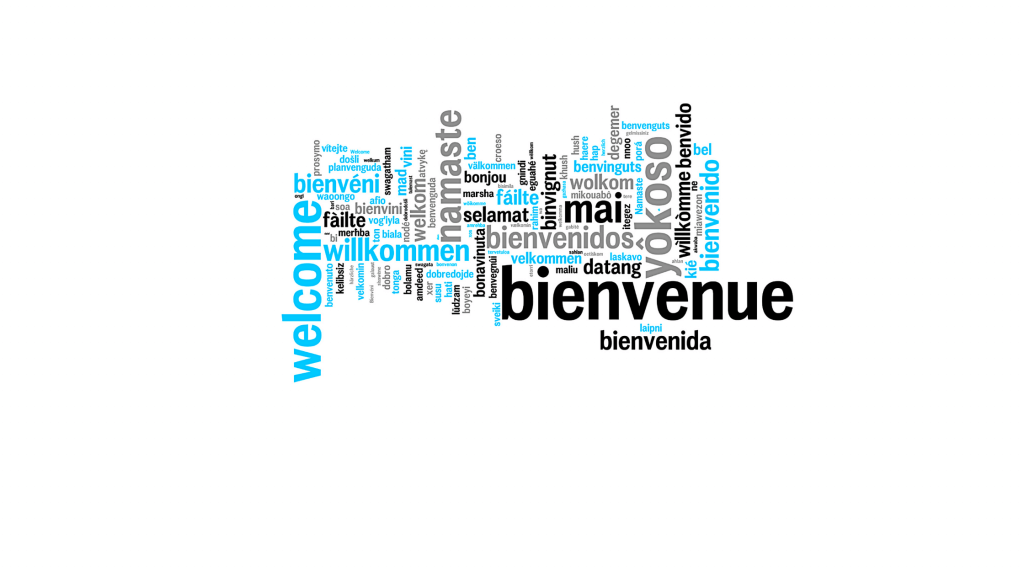SEO Translation
The world is becoming more globalized day by day, and it is essential for businesses to expand their reach beyond their local borders. There are two different approaches to making a website accessible to an international audience: SEO translation and International multilingual SEO. Both approaches require more than just a simple translation of your website into a different language.
What is SEO translation?
Whether the term SEO translation is new to you or you are familiar after reading about how to work with a translator, SEO translation is translating and optimising the content of a website to improve the searchability and visibility in Google. Also, when the SEO translator is translating your content, is also adapting to the culture of the target market. Your content will connect with audiences across different countries and cultures.
During the translation process, the SEO translator will need to use the right keywords, optimise meta tags and descriptions, and structure your content to improve its visibility. As I mentioned before, translation is much more complex than simply changing words from one language to another.

This is an initial checklist of what an SEO translator can do to optimise and ensure your content start ranking.
- Your headings
- Meta titles
- Meta descriptions
- URLs
- Your image content
- Your Alt text
- Keyword analysis
Behind the scenes of SEO translation, there is an SEO translator who works with your developer and marketing specialist. SEO audits will help identify possible errors, duplicate content, broken links, etc. This is to ensure your website is performing well and to identify what pages are getting more traffic and which ones should be looked at it again to refresh or create new content. Depending on your specific goals and target audience, SEO translation may be sufficient. But if you want your website reach international audiences and increase your visibility on a global scale, opt for international SEO.

International SEO and International Multilingual SEO
International SEO is more than website optimisation and needs to consider other factors beyond language and culture. For example, cultural differences, search engine algorithms, server location, and domain name extensions. It doesn’t necessarily mean that they target different languages around the world, but different cultures. One example is the British market and the US market.
International Multilingual SEO, however, will target different languages. This is where SEO translation falls into the category of Multilingual SEO.
SEO is a continuing journey; it will carry on after the translation of your first few articles. There is more work to do behind the scenes, and your SEO Translator alongside your developer and marketing content creator will work together to achieve your goals.
To summarise, while both SEO translation and international SEO are essential components of global website optimisation, the approach is different. It is important to understand the differences between these two strategies, so you can make informed decisions about how to best reach a global audience and grow your online presence.
Are you considering expanding your business to Spain? Do you have a multilingual website, but the Spanish is not performing as well as the other sites? Get in touch!
